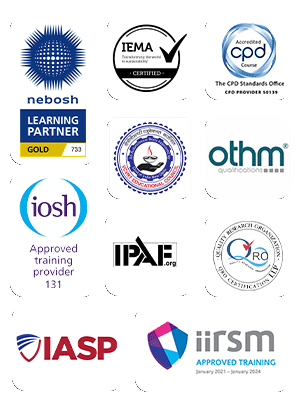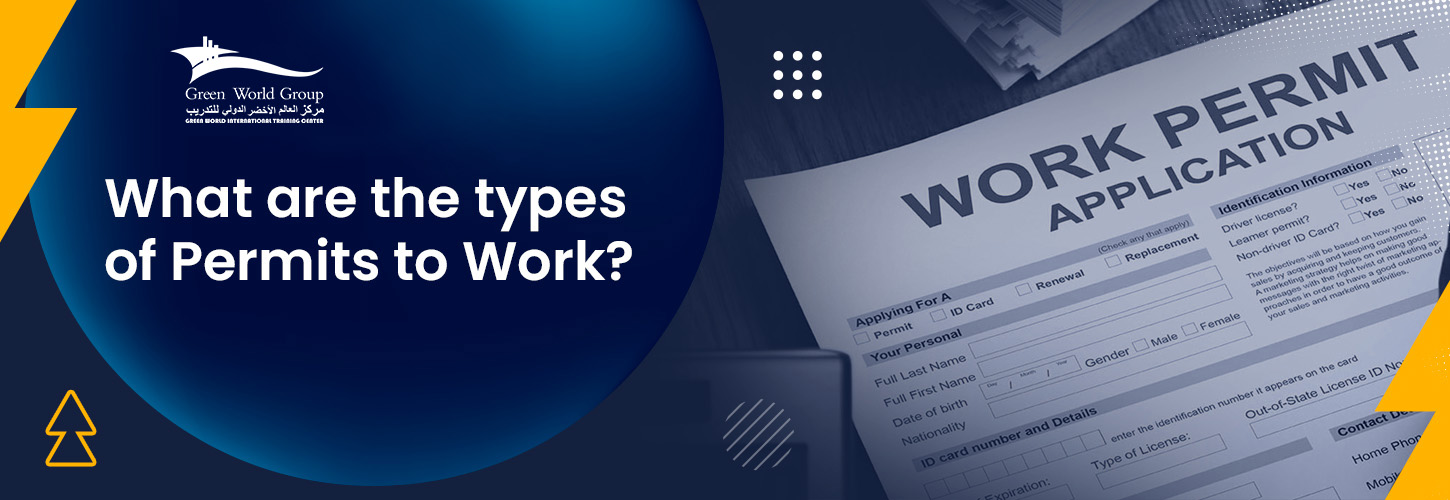
Introduction:
In every industry where Safety is very essential, implementing strong system is crucial to prevent any accidents and assuring regulatory compliance. The Permit to Work (PTW) is one such system that is becoming prominence. This blog explores the main types of Permits to Work System in ensuring Workplace Safety.
What is a Permit to Work System?
An organized process called a “Permit to Work System” is used to authorize and regulate high risk tasks. Its goal is to ensure that the appropriate safety measures are put in place before work starts in order to minimize risk to individuals, equipment, and surroundings. This system revolves around the issuance of permits detailing the scope of work, associated hazards, and required safety measures.

Why Permit to Work?
The primary purpose of a permit-to-work system is to enhance Safety by:
Types of Permits to Work
Hot Work Permit
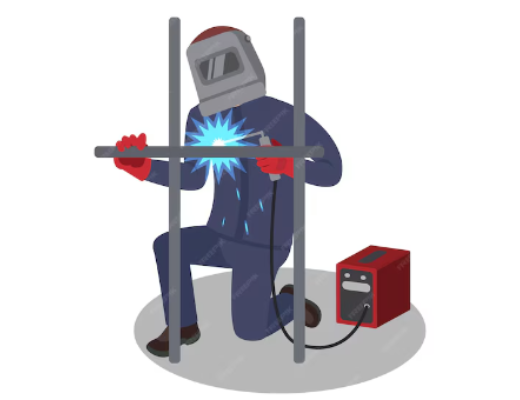
This permit is required for any activity that produces heat, sparks, or open flames, such as cutting, brazing, or welding. For example, a Hot Work Permit would be needed in a manufacturing facility to perform welding repairs on a metal structure. The Permit ensures that fire safety measures, such as having fire extinguishers and conducting a fire watch, are in place.
Cold Work Permit
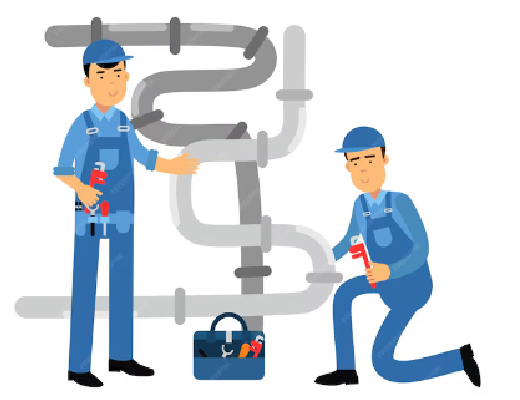
It covers tasks that do not involve heat or open flames but may still pose risks. Plumbing, Cleaning, and mechanical maintenance are a few examples. For example, repairing a water pipeline in a factory would require a Cold Work Permit to ensure appropriate isolation and avoid unintentional water discharge.
Confined Space Work Permit
Obtaining Permits is necessary for working in enclosed or restricted areas, such silos and tanks. For example, a confined space work permit is needed at a chemical factory to clean the inside of a large storage tank. This permit lays out the protocols for rescue operations and ensures air quality monitoring.
Electrical Work Permit
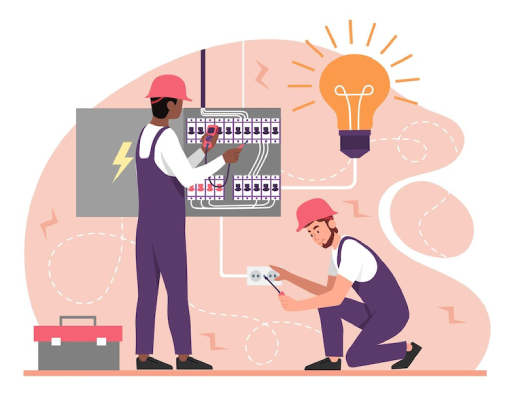
Installations, maintenance, and repairs involving electrical systems require electrical work permits. For example, repairing a high voltage panel in an office building. This permit assures secure power isolation and the use of only qualified electricians to perform the work to reduce the risk of electrocution.
Height Work Permit
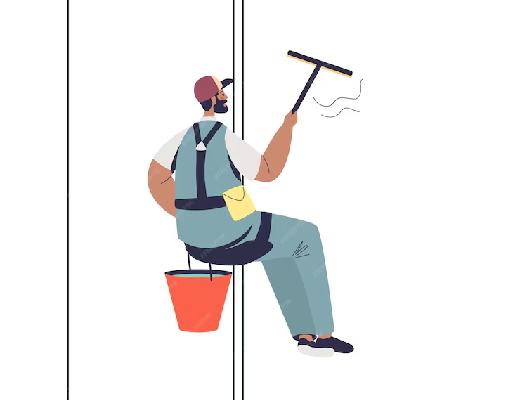
A work height permit is essential for tasks involving scaffolding or roofing that are done at height. For example, Installing Solar panels on a commercial buildings roof. This permit ensures that scaffolding is firmly in place and requires the use of fall safety equipment.
Chemical Work Permit
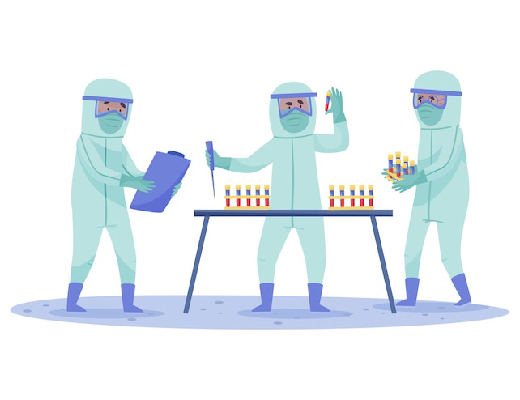
Hazardous chemical process necessitates the use of Chemical work permits. For instance, a Chemical Work Permit would require if handling and moving toxic materials within lab. The usage of PPE (Personal Permit Equipment) and spill containment techniques would be specified in the permit.
Excavation Work Permit
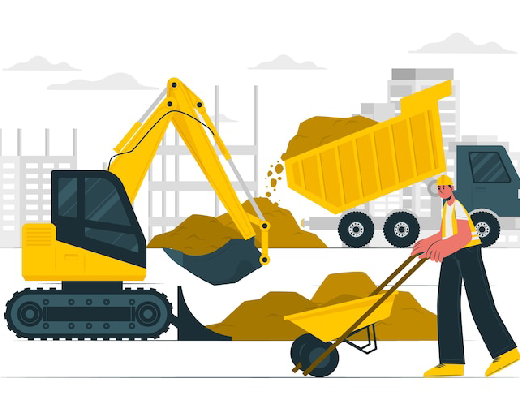
Excavation Work permit is necessary for digging or trenching process. This permit ensures the identification of underlying utilities and the proper shoring of the excavation site to avoid any collapses.
Conclusion
Understanding “what is permit to work” and utilizing the types of work permits for every task is crucial in order to control hazards and ensure the worker’s Safety. By categorizing permits according to the nature of work and the risks involved, organizations can effectively implement safety measures in place that are appropriate for any particular scenario. Those real time examples highlights how essential they are to preserving a safe workplace.
Green World’s Permit to Work Training
Green World Group provides comprehensive Permit to Work Training to enhance your skills and equips your team to implement these systems effectively.
Learn more with Green World Group to enhance your workplace safety and compliance standards.



